Hawzah News Agency (Qom, Iran) - The Islamic month of Ramadan is currently in full swing. From dusk until dawn, fasting Muslims abstain from eating, drinking (nope, not even water), smoking, and sexual activity. As a result, breakfast and dinner during Ramadan is a sight to behold. Here are just seven beloved delicacies eaten by Muslims around the globe at their Ramadan evening meal, commonly known as iftar:
Beguni

A popular street food in the cities of Bangladesh throughout the year, beguni is a Ramadan staple in many Bengali households throughout the Indian subcontinent. Made of sliced eggplant that is then battered and deep fried, it is often served with rice.
Kolak

In Indonesia, the country with the largest Muslim population, iftar is called buka puasa, which means “to open the fast.” A buaka puasa favorite is a dessert called kolak, consisting of palm or coconut sugar, coconut milk, and pandanus leaf. Served warm, kolak may also contain other ingredients such as bananas, sweet potatoes, tapioca balls, plantains, and pumpkin.
Rooh Afza

As you may expect, Indian and Pakistani Muslims find Ramadan to be the perfect excuse to eat even more samosas, pakoras, and chaat. But one thing on the table that is quintessentially Ramzan, as it’s commonly referred to in South Asia, is Rooh Afza. A concentrated syrup, Rooh Afza is a mix of many different flavors, most notably rose, as well as multiple types of fruits and vegetables. Although consumed throughout the year, Rooh Afza makes a more frequent appearance during Ramadan when it is more commonly mixed with water, although milk is also an option.
Güllaç

Güllaç is a popular Ramadan dessert in Turkey. Made of a special pastry, milk, pomegranate, and walnuts, güllaç is considered the origin of the world-renowned baklava. Its name means “food with roses”, and while the dish can contain rose syrup, it is a reference to how the layers of the dish look like rose leaves.
Harira

Moroccan and Algerian Muslims traditionally break their fast with harira, a soup meant to prepare the empty stomach for a bigger dinner. Its ingredients consist of lentils, chickpeas, flour, tomatoes, onion, rice, and usually some sort of meat stock. Variations of harira exist depending on the region, such as Rabati, Fesi, and Marrakechi.
Shahan ful

Shahan ful, or ful, is a popular food in Egypt, Sudan, Ethiopia, Eritrea, and other parts of the Horn of Africa. A breakfast food, shahan ful is more often eaten for the morning Ramadan meal, known as suhoor. Fava beans are slowly cooked in water before being made into a paste that is served with bread and various vegetables such as hot green peppers, onions, and tomatoes. Shahan ful is also sometimes eaten with yogurt or feta cheese.
Harees

Widely believed to have been a favorite of the Prophet Muhammad, harees, also known as jareesh, is commonly eaten at iftar in the Arabian Peninsula and the Levant. Harees is made from wheat, butter, and meat (usually chicken), and can be topped with cinnamon or sugar. It is also thought to be the origin of haleem, a type of stew commonly found in the Indian subcontinent, Middle East, and Central Asia.

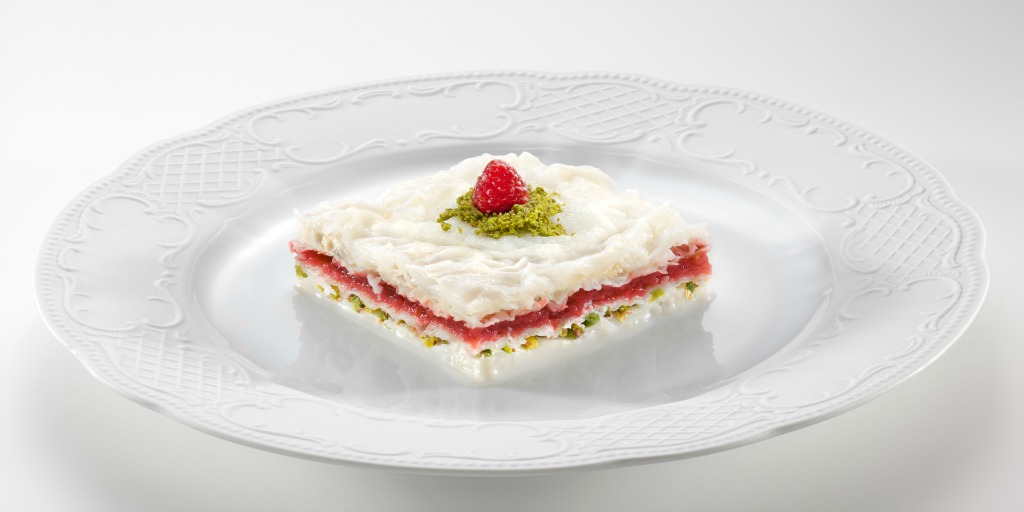
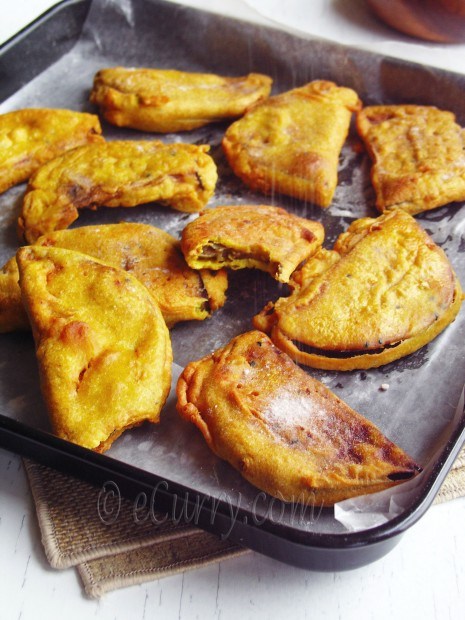
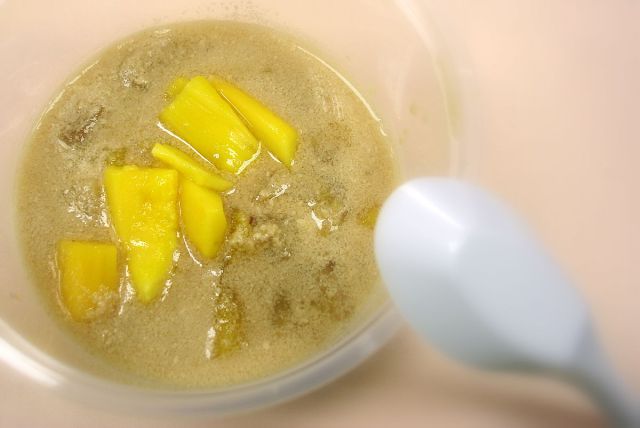
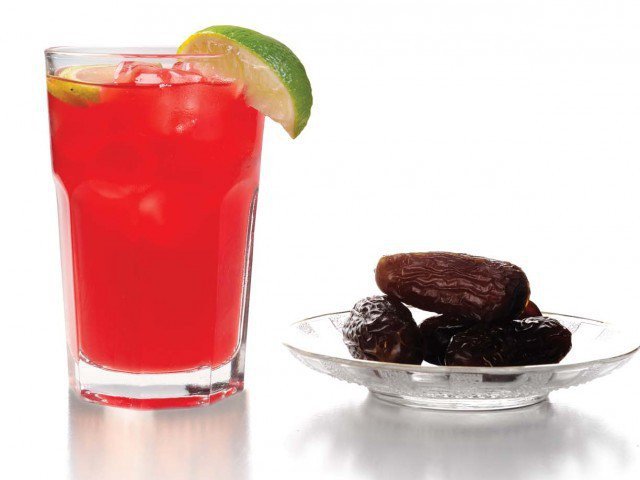
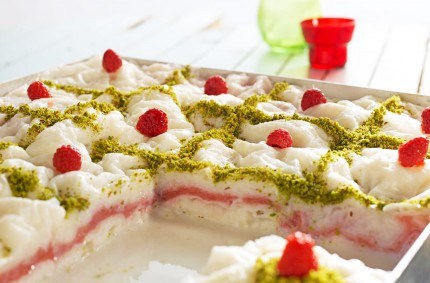
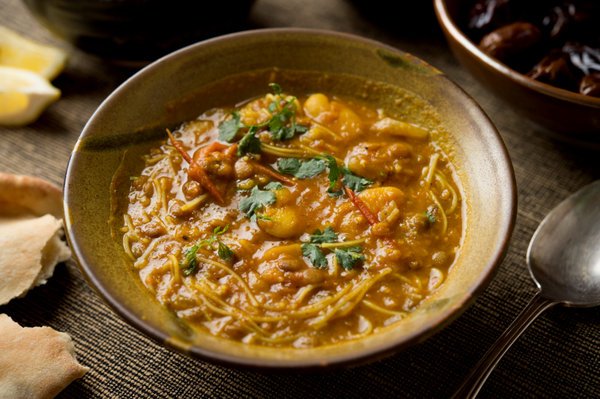


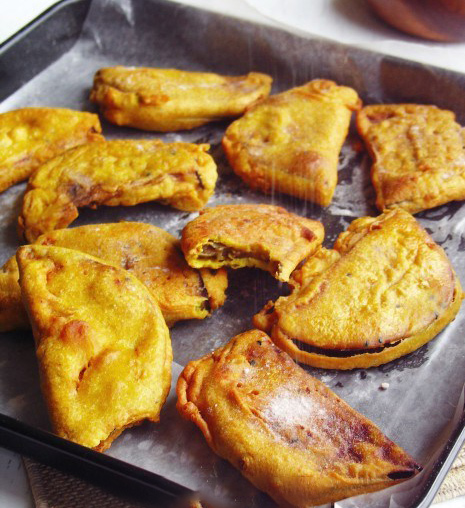
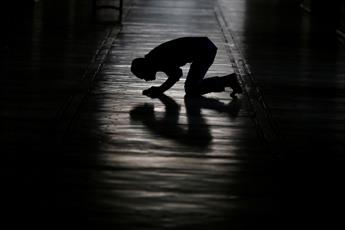
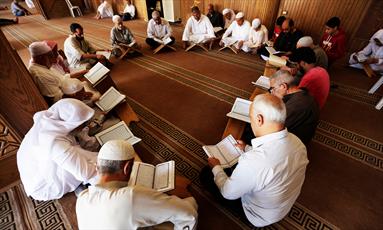
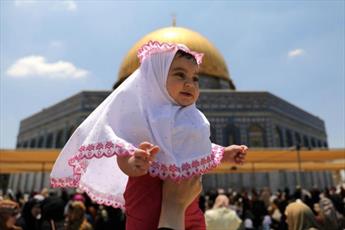
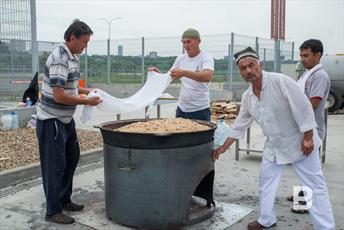
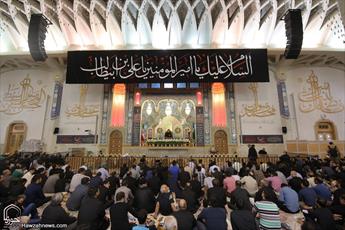
Your Comment